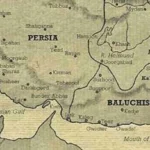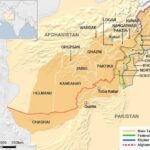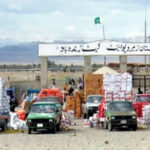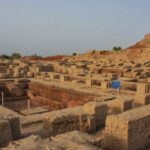The “Resilient Spirit of Balochistan” refers to the enduring strength and capacity of the people of Balochistan to overcome challenges and maintain their cultural identity, despite facing various hardships and political complexities. Balochistan, a province in Pakistan, has a rich cultural heritage, diverse landscapes, and a history marked by struggles and resilience.
1. Cultural Resilience:
- Baloch culture is vibrant and diverse, encompassing folk music, handicrafts, Balochi cinema, and unique traditions.
- The province’s historical monuments, like the Chaukhandi tombs and the Quaid-e-Azam Residency in Quetta, showcase its rich past.
- Balochi is one of the main languages spoken in the region, along with Brahui and Pashto.
- The predominantly Muslim Baloch people hold a strong connection to their faith and cultural heritage.
2. Historical Resilience:
- Balochistan has a history of resisting external influences and asserting its own identity.
- The people have faced various challenges, including periods of conflict and political instability.
- The province’s rich natural resources, including natural gas, have also been a source of both opportunity and conflict.
3. Modern Resilience:
- Despite facing economic and social challenges, Balochistan’s people continue to demonstrate their resilience in adapting to changing circumstances.
- The province’s natural beauty, from the mountains of Quetta to the shores of Gwadar, continues to attract tourists and visitors.
- Balochistan’s diverse landscape, including the Hingol National Park with its Chandragup Mud Volcano, showcases its natural wonders.
In essence, the “Resilient Spirit of Balochistan” reflects the enduring spirit of a people who have persevered through adversity, embraced their cultural heritage, and continue to strive for a better future.














